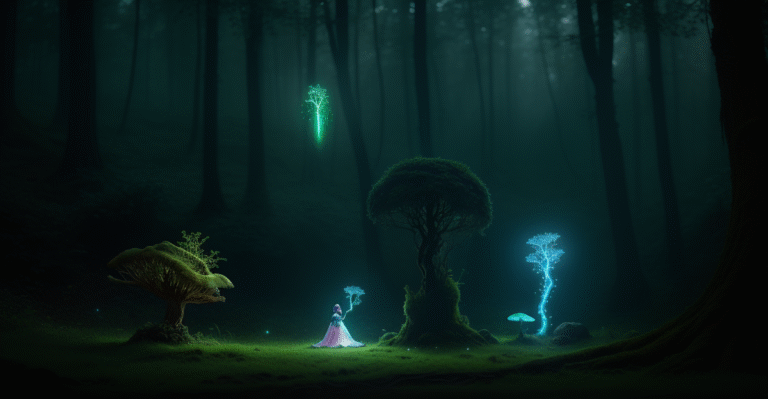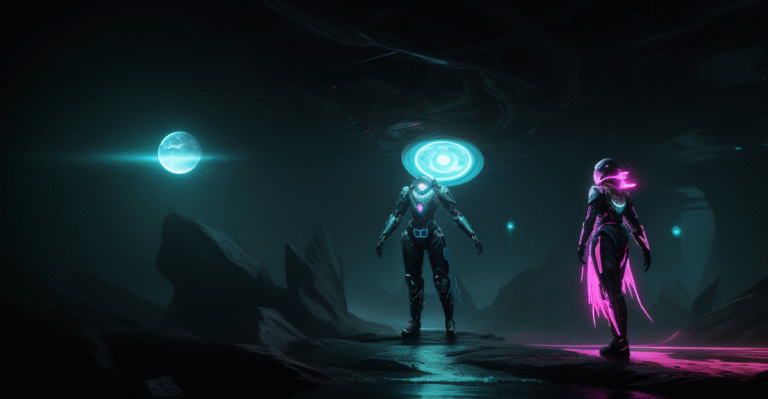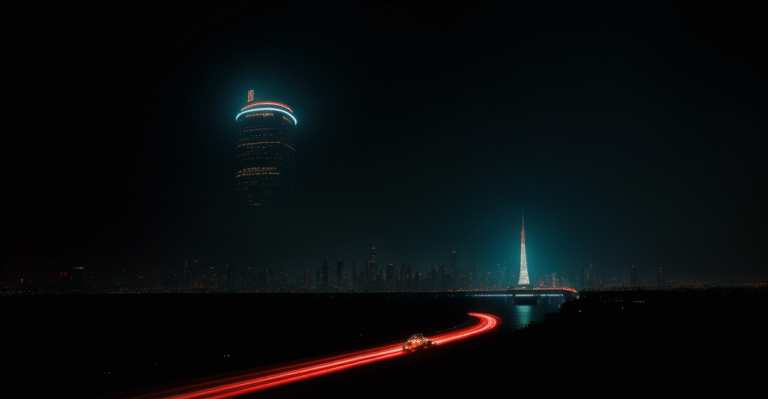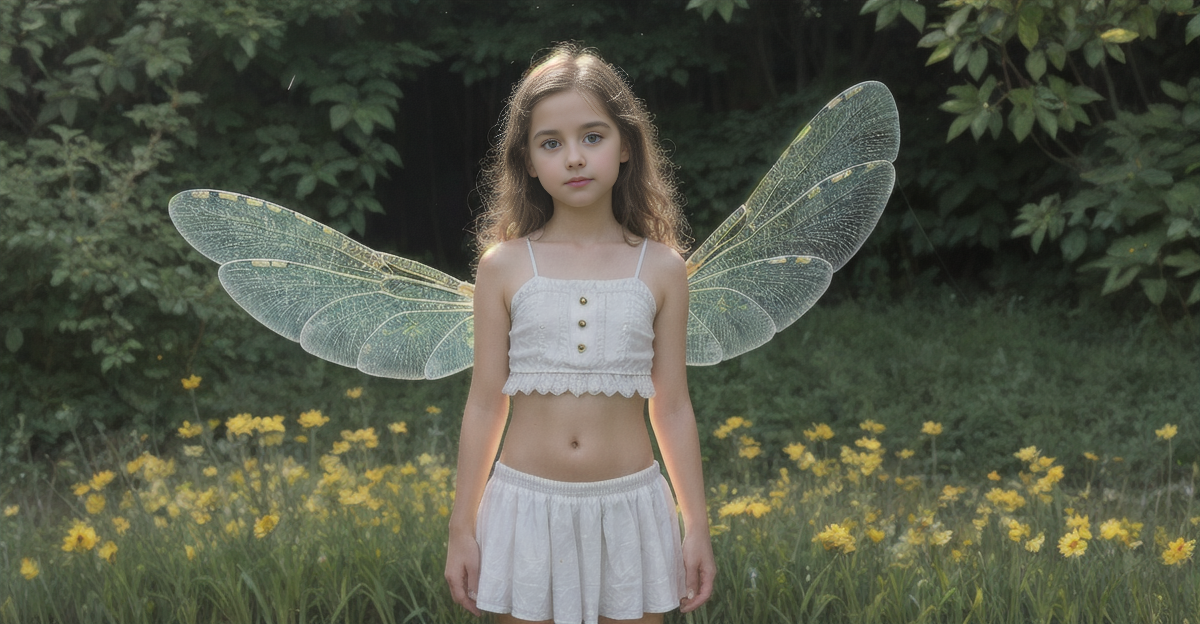
Could the intricate structure of dragonfly eyes hold the key to unlocking a solution for the fashion
Ever feel like the answer to fashion’s microplastic nightmare is right under our noses… or, more accurately, flitting around our heads? Let’s explore how the intricate eyes of a dragonfly could spark a zero-waste fashion revolution! Give this a like if you’re ready to see fashion through a whole new lens!
Fashion: it’s a form of self-expression, a canvas for art, and… a major environmental culprit? Sadly, the clothes we wear contribute significantly to the microplastic crisis.
But what if we could reinvent textiles to be not only stylish but also entirely biodegradable?
The Microplastic Crisis in Fashion: A Looming Threat
Our infatuation with synthetic fabrics like polyester and nylon has a hidden cost: microplastic pollution.
These minuscule plastic particles are shed from our clothing during washing and wearing, eventually contaminating our waterways and entering the food chain.
Quantifying Microplastic Pollution from Synthetic Clothing
Just how much plastic are we talking about? Studies suggest that a single laundry load can release hundreds of thousands of microplastic fibers.
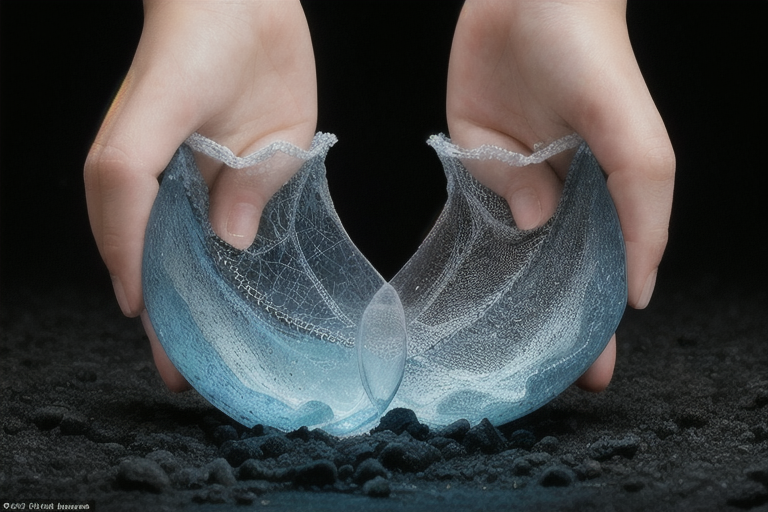
. To visualize this, imagine a plastic confetti explosion every time you wash your favorite fleece.
Environmental and Health Impacts of Microplastic Ingestion
These microplastics are consumed by marine life, disrupting delicate ecosystems and potentially contaminating our food supply.
Fish, seabirds, and even plankton are ingesting these particles, leading to bioaccumulation and potential health risks for both animals and humans.
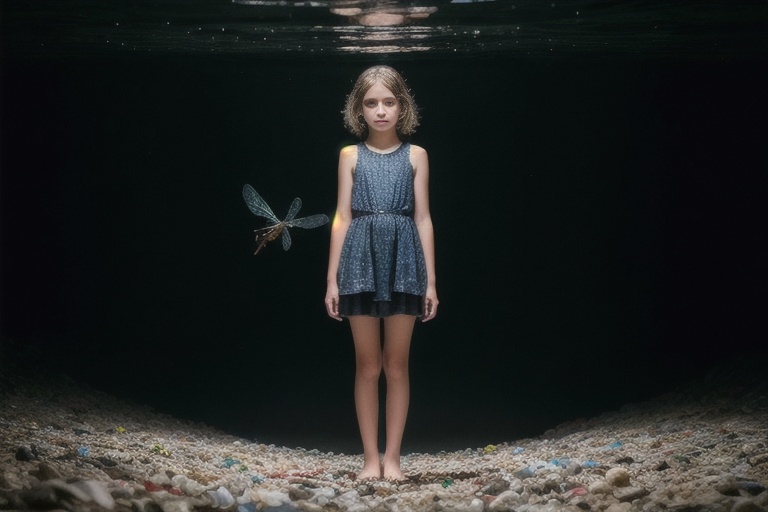
.
Current Limitations of Existing Solutions
While solutions like filter bags and alternative materials are gaining momentum, they aren’t a complete fix.
Filter bags can capture some microplastics, but their effectiveness isn’t absolute, and the captured plastic still requires responsible disposal.
Alternative materials, such as organic cotton, are preferable but often come with a higher price tag and more resource-intensive production.
Dragonfly Eye Architecture: A Model of Efficient Light Management and Material Use
Enter the dragonfly. These aerial masters boast some of the most sophisticated eyes in the insect kingdom.
Their compound eyes, composed of thousands of individual units called ommatidia, provide them with nearly 360-degree vision and the ability to detect even the slightest movements.
Explanation of the Dragonfly Eye’s Ommatidia Structure
Each ommatidium in a dragonfly’s eye functions as a miniature, independent eye, focusing light onto photoreceptor cells.
The arrangement and shape of these ommatidia are meticulously optimized to maximize light capture while minimizing material usage. Think of it as nature’s perfectly engineered solar panel.
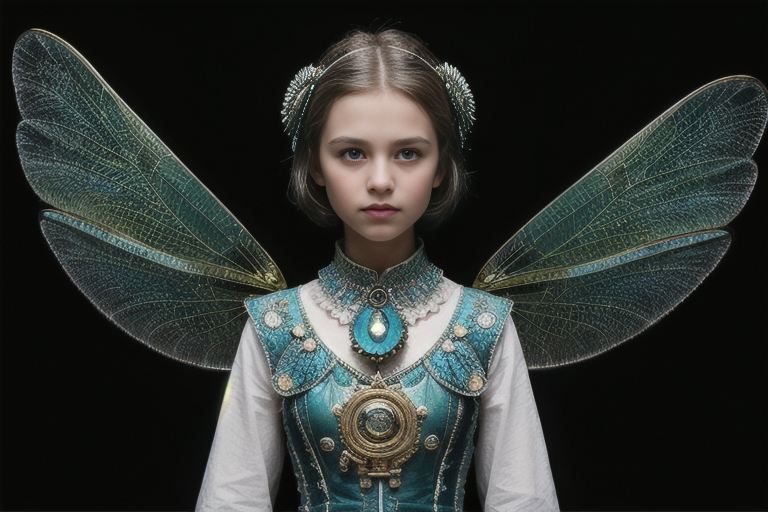
.
Exploring the Potential of Biomimicry
Biomimicry, the practice of drawing inspiration from nature’s designs and processes to solve human challenges, offers a promising pathway to creating more sustainable textiles.
By emulating the dragonfly eye’s efficient structure, we could design fabrics that are inherently strong and durable, requiring less material and minimizing waste.
Imagine a textile woven with a pattern inspired by ommatidia, providing both strength and breathability.
Connection to Material Science: How to Translate the Efficient Structure
The challenge lies in translating the dragonfly eye’s structure into a biodegradable textile material. Researchers are exploring various avenues, including cellulose-based fibers and algae-derived materials.
The goal is to create a fabric that is not only strong and durable but also decomposes naturally at the end of its life cycle, returning to the earth without releasing harmful microplastics.
Bio-Inspired Textile Design: Towards Biodegradability and Reduced Waste
The vision is clear: fashion that treads lightly on the planet. By integrating bio-inspired design with biodegradable materials and circular economy principles, we can create a truly sustainable fashion industry.
Exploring Potential Biodegradable Materials
Cellulose, the primary structural component of plant cell walls, is a promising candidate for bio-inspired textiles due to its abundance, renewability, and biodegradability.
Algae-based fibers are another exciting option, offering a sustainable alternative to conventional synthetic materials.
These materials can be processed and spun into yarns that mimic the properties of synthetic fibers, but without the microplastic pollution.
Designing Textiles with Inherent Strength and Durability
The dragonfly eye’s structure provides a blueprint for designing textiles with inherent strength and durability.
By incorporating bio-inspired structural patterns into the fabric, we can create materials that are resistant to wear and tear, extending their lifespan and reducing the need for frequent replacements.
Implementing Circular Economy Principles
A circular economy aims to minimize waste and maximize resource utilization. In the context of fashion, this translates to designing clothes that are easily repairable, recyclable, or compostable.
Implementing closed-loop systems, where textile waste is collected and processed into new materials, can further reduce the environmental footprint of the fashion industry.
Overcoming Challenges: Scalability and Cost-Effectiveness
Transforming this dragonfly-inspired vision into reality requires overcoming significant hurdles. Scalability and cost-effectiveness are essential for ensuring the widespread adoption of sustainable fashion practices.
Addressing the Challenges of Scaling Up Production
Scaling up the production of bio-inspired textiles to meet global demand will necessitate substantial investment in research and development, as well as the construction of new manufacturing facilities.
Collaboration among scientists, engineers, and fashion designers is crucial for overcoming these challenges.
Reducing the Cost of Bio-Based Materials
Currently, bio-based materials can be more expensive than their synthetic counterparts. Reducing the cost of these materials through innovation and investment is crucial for making sustainable fashion accessible to a broader range of consumers.
The Role of Policy and Consumer Awareness
Policy and consumer awareness are pivotal in driving the adoption of sustainable fashion practices.
Government regulations, incentives for sustainable production, and educational campaigns can all contribute to fostering a more environmentally responsible fashion industry.
So, could dragonfly eyes really hold the key to a zero-waste fashion future? It’s a complex issue without simple solutions, but the potential is certainly there.
What steps do YOU think are most important for creating a truly sustainable fashion industry?
Ready to take action? Start by researching sustainable brands and materials, washing your clothes less frequently, and supporting policies that promote a circular economy in fashion. Together, we can make a difference.
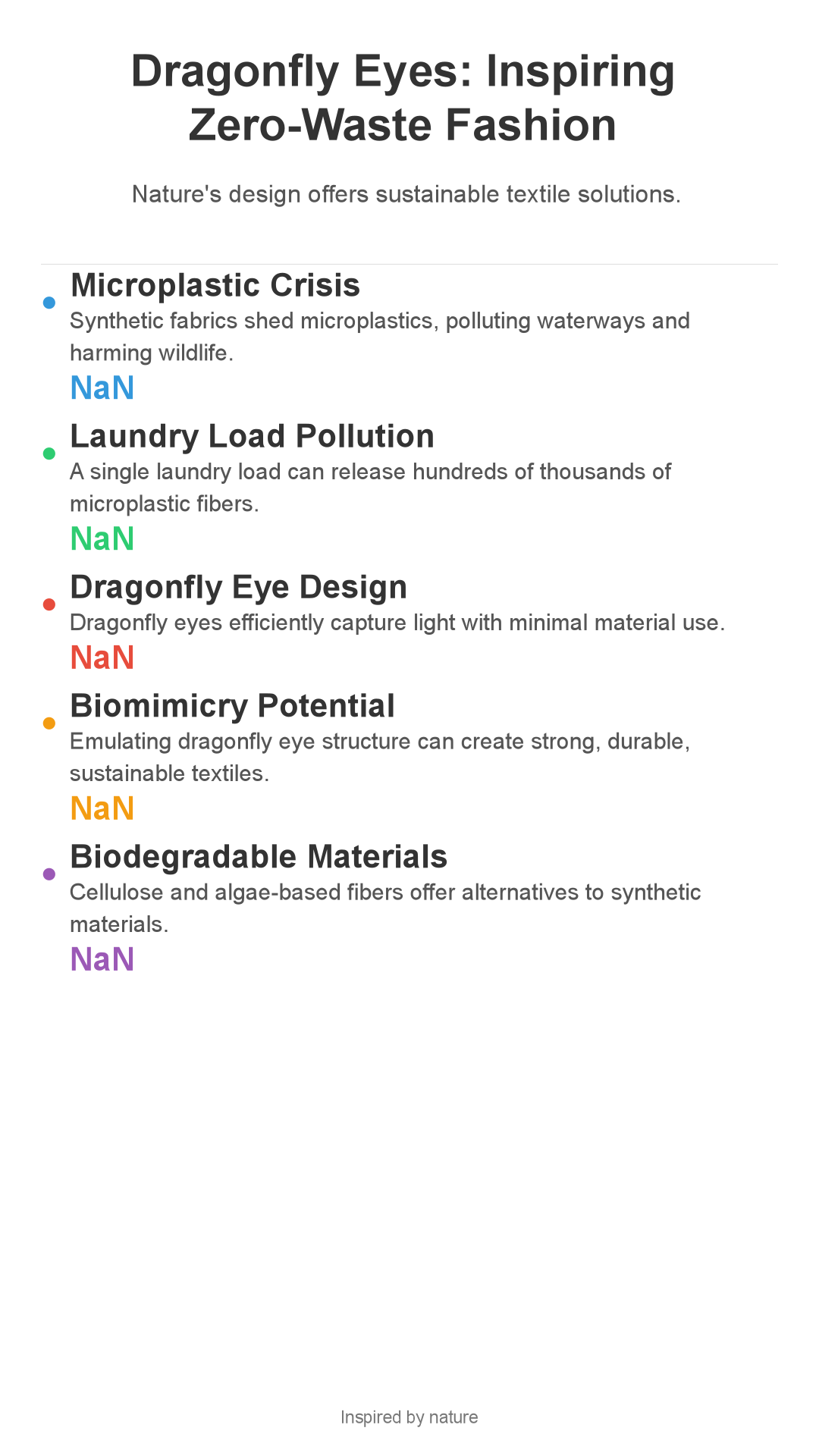
Enjoyed this? Check out our YouTube channel for video versions!
Enjoyed this? Check out our YouTube channel for video versions!

